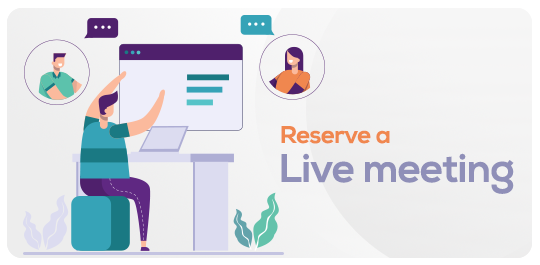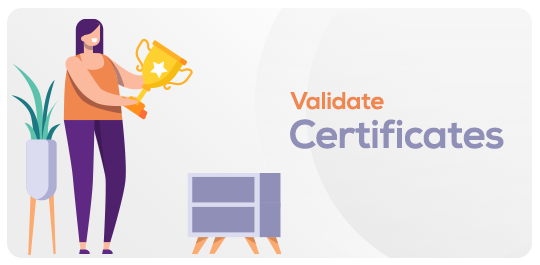Critical Thinking and Problem-Solving Excellence: Strategies for Success
About this course
1. About this Course
This course is designed to help you master critical thinking and problem-solving skills to navigate complex challenges and make informed decisions. It provides strategies and techniques to enhance your analytical abilities, improve decision-making, and develop creative solutions in personal and professional contexts.
2. Course Overview
Through a combination of interactive lessons, real-world examples, and practical exercises, this course teaches you how to approach problems methodically and think critically. You’ll learn how to break down complex issues, identify root causes, evaluate options, and implement effective solutions. Whether you're facing daily challenges or large-scale decisions, this course will equip you with the tools you need to think smarter and act decisively.
3. Course Curriculum
- Module 1: Introduction to Critical Thinking and Problem-Solving
- Module 2: Key Strategies for Effective Problem-Solving
- Module 3: Analytical Tools for Critical Thinking
- Module 4: Creative Problem-Solving Techniques
- Module 5: Evaluating Solutions and Making Decisions
- Module 6: Overcoming Mental Barriers and Cognitive Biases
- Module 7: Applying Critical Thinking in Real-World Scenarios
- Module 8: Advanced Problem-Solving Techniques and Practice
4. What You Will Learn
- How to think critically and approach problems with a clear, structured mindset.
- Problem-solving techniques to address challenges and find effective solutions.
- Analytical tools and frameworks for breaking down complex issues.
- Creative and innovative ways to solve problems in various settings.
- How to make sound decisions by evaluating risks, benefits, and alternatives.
- How to overcome cognitive biases and mental barriers to better problem-solving.
5. Learning Objective
By the end of this course, you will:
- Develop a deeper understanding of critical thinking and problem-solving processes.
- Gain confidence in tackling complex problems with effective strategies.
- Be equipped with practical tools to analyze and evaluate solutions.
- Improve decision-making abilities and approach challenges with clarity and creativity.
6. Course Features & Benefits
- Practical Application: Real-world case studies and exercises to apply what you learn.
- Interactive Learning: Engaging videos, quizzes, and assignments to reinforce concepts.
- Expert Instruction: Learn from experienced instructors with expertise in critical thinking and problem-solving.
- Flexible Learning: Learn at your own pace with lifetime access to the course materials.
- Certification: Receive a certificate upon completion to showcase your newly acquired skills.
7. Who This Course is For
- Professionals looking to enhance their critical thinking and decision-making skills.
- Students seeking to improve their problem-solving capabilities for academic or career success.
- Entrepreneurs and business leaders who want to navigate challenges with confidence.
- Anyone interested in mastering effective problem-solving strategies and sharpening their analytical skills.
8. Skills Covered
- Critical thinking and logical reasoning
- Problem-solving methodologies and frameworks
- Decision-making and risk evaluation
- Creative and innovative thinking
- Cognitive bias identification and avoidance
- Analyzing and evaluating information objectively
This course is designed to equip you with the essential skills to approach problems from multiple angles, think critically, and solve challenges with confidence and clarity.
Suggested by top companies
Top companies suggest this course to their employees and staff.
Requirements
Tech Access: A device with internet access and basic office tools. Mindset: Willingness to learn, self-reflect, and apply concepts in real-world settings.
FAQ
Comments (0)
Definition and difference between problem-solving and critical thinking.
Stages of problem-solving: Define, Analyze, Solve, and Evaluate (DASE).
Characteristics of critical thinkers.
The 5 Whys Method.
o Fishbone Diagram (Ishikawa).
o Six Thinking Hats by Edward de Bono
The RED Model (Recognize Assumptions, Evaluate Arguments, Draw Conclusions).
o Decision-Matrix Analysis for prioritization
o Cognitive biases and logical fallacies
o Brainstorming and mind mapping
o SCAMPER technique (Substitute, Combine, Adapt, Modify, Put to another use, Eliminate, Reverse).
Collaborative problem-solving frameworks.
o Communication and teamwork in decision-making.
o Overcoming conflict and resistance in problem-solving
This course offers a structured approach to mastering problem-solving and critical thinking, focusing on practical tools, frameworks, and real-life case studies. Over six weeks, learners will develop analytical abilities, decision-making strategies, and creative solutions to tackle workplace challenges.








